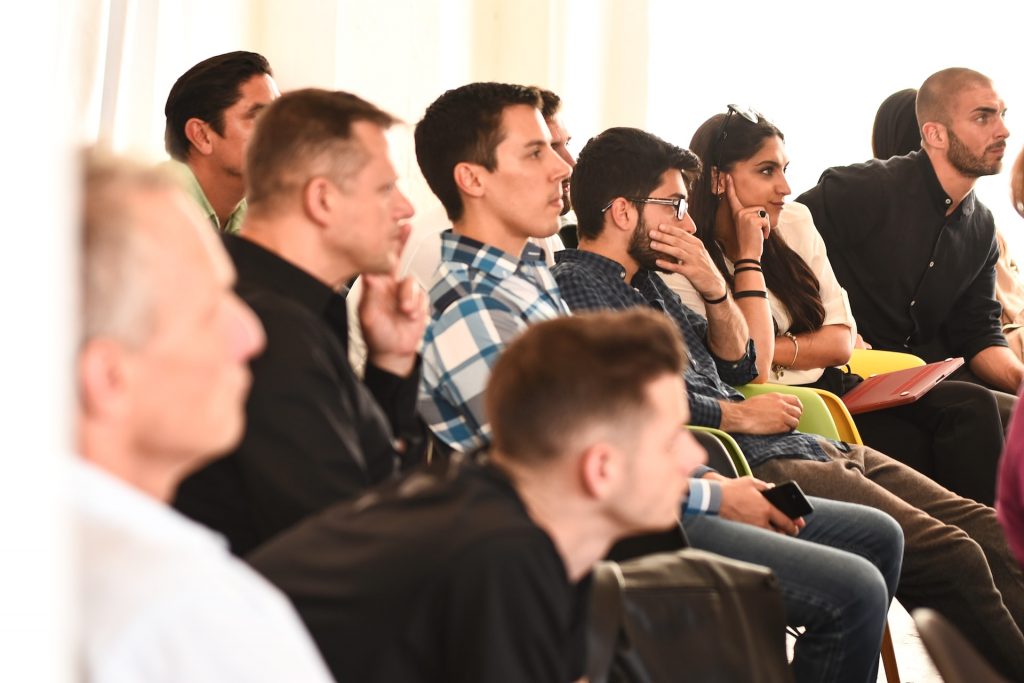
GUEST POST from Mike Shipulski
When you try something new, check to see who has done something similar. Decompose their design approach. What were they trying to achieve? What outcome were they looking for? Who were their target customers? Do this for at least three existing designs – three real examples that are for sale today.
Here’s a rule to live by: When trying something new, don’t start from scratch.
What you are trying to achieve is unique, but has some commonality with existing solutions. The outcome you are looking for is unique, but it’s similar to outcomes others have tried to achieve. Your target customers are unique, but some of their characteristics are similar to the customers of the solutions you’ll decompose.
Here’s another rule: There are no “clean sheet” sheet designs, so don’t try to make one.
There was an old game show called Name That Tune, where contestants would try to guess the name of a song by hearing just a few notes. The player wins when they can name the tune with the *fewest* notes. And it’s the same with new designs – you want to provide a novel customer experience using the fewest new notes.
A rule: Reuse what you can, until you can’t.
Because the customer is the one who decides if your new offering offers them new value, the novel elements of your design don’t have to look drastically different in a side-by-side comparison way. But the novel elements of your offering do have to make a significant difference in the customer’s life. With that said, however, it can be helpful if the design element responsible for the novel goodness is visually different from the existing alternatives. But if that’s not the case, you can add a non-functional element to the novelty-generating element to make it visible to the customer. For example, you could add color, or some type of fingerprint, to the novel element of the design so that customers can see what creates the novelty for them. Then, of course, you market the heck out of the new color or fingerprint.
A rule: It’s better to make a difference in a customer’s life than, well, anything else.
Don’t be shy about learning from what other companies have done well. That’s not to say you should violate their patents, but it’s a compliment when you adopt some of their best stuff. Learn from them and twist it. Understand what they did and abstract it. See the best in two designs and combine them. See the goodness in one domain and bring it to another.
Doing something for the first time is difficult, why not get inspiration from others and make it easier?
Image credit: Unsplash
![]() Sign up here to join 17,000+ leaders getting Human-Centered Change & Innovation Weekly delivered to their inbox every week.
Sign up here to join 17,000+ leaders getting Human-Centered Change & Innovation Weekly delivered to their inbox every week.
